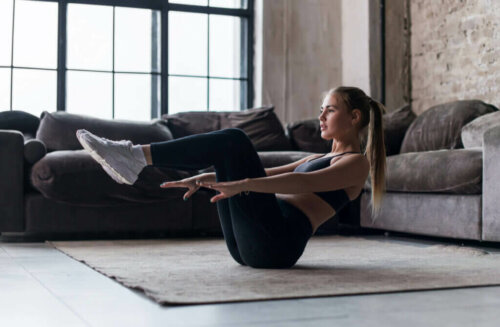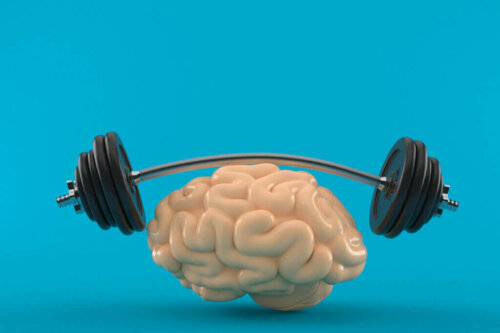Everything you should know about Capoeira
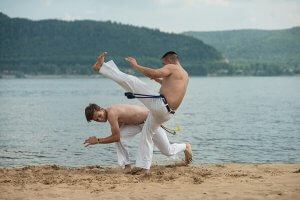
Capoeira is an Afro-Brazilian martial art rooted in fighting and dance movements from the African communities during the slavery period in Brazil. The sport is gaining more and more popularity and offers incredible health benefits. In our post today, read everything you should know about capoeira.
Just as we mentioned above, capoeira is an African combination of fighting and dance movements along with musical instruments and songs. It was originally started by slaves who hid their fighting practice in dance moves. As their hands were bound by chains, they moved mostly with their feet, which explains why capoeira focuses so much on foot movement.
The sport has sparked interested in every part of the world. Its movements are very unique, belonging to no other self-defense sport.
In addition, capoeira has a uniquely fast rhythm along with complicated movements. Agile kicks and sweeps, flips and spins, knee jabs and throws make up most of the said movements.
What benefits does capoeira offer?
It’s so much more than a sport. Capoeira is a well-rounded activity that boasts many positive consequences for its practitioners.
It can help improve your cardiovascular system in addition to working on physical skills such as flexibility, coordination, and balance. Check out the benefits it has in store.
Great for your figure
This martial sport really gets your body working. It works out all of your muscles, especially those in your back, stomach area, behind, legs and arms.
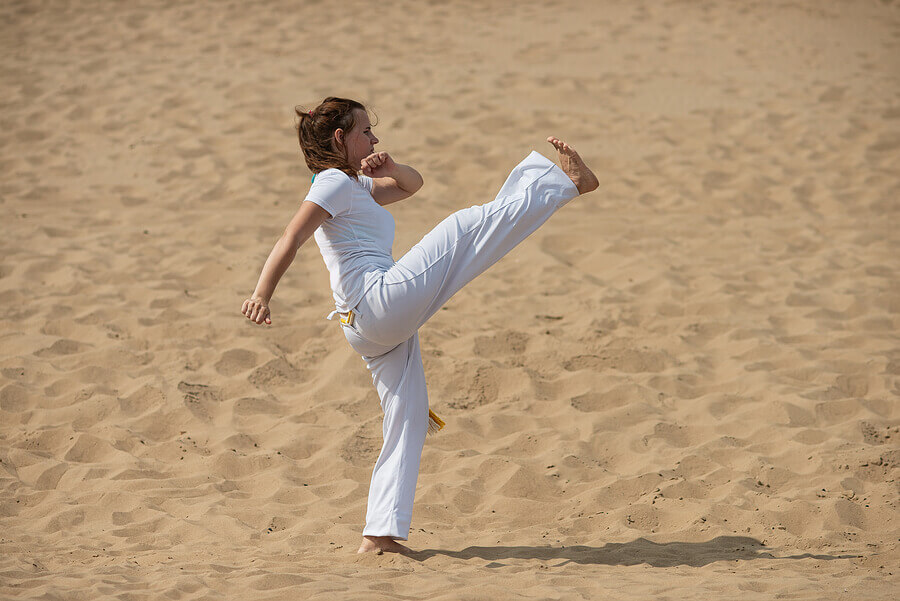
On top of that, it’s a discipline that will increase your endurance and breathing capacity. With practice, you’ll become much more agile and flexible thanks to the movements you follow through in training and face-offs.
Capoeira is essential for mental health
Capoeira also has a positive influence on mood and mental health. It helps you relax in stressful moments. Similar to other physical activities, this martial art is a great way of releasing steam.
Capoeira brings opportunities to socialize
One of the best aspects of capoeira is that planning and practice are always done as a group. The community aspect allows its practitioners to socialize, overcome their shyness and raise their self-esteem.
Essential moves in capoeira
Main moves include kicks, sweeps, punches, acrobatics, simple throws, etc. What’s more, the moves have to follow the rhythm of the music. If you want to give it a try, you should learn these essential moves:
1. Ginga
Ginga is the first move that beginners learn. Simply put, it’s a combination of squats and lunges. You have to move your body back and forth, switching between your legs to make a triangle pattern.

2. Straight and spinning kicks
Legs are the main tool for attacking. Consequently, training them to be light and fast to throw straight or spinning kicks is essential.
3. Punches are also an important move
Many people don’t know that punches are also another move in capoeira. There are actually many kinds of punches that range from simple hits to elbow jabs.
4. Escapes
Escapes are essential moves for dodging attacks and developing your attack against your opponent as well.
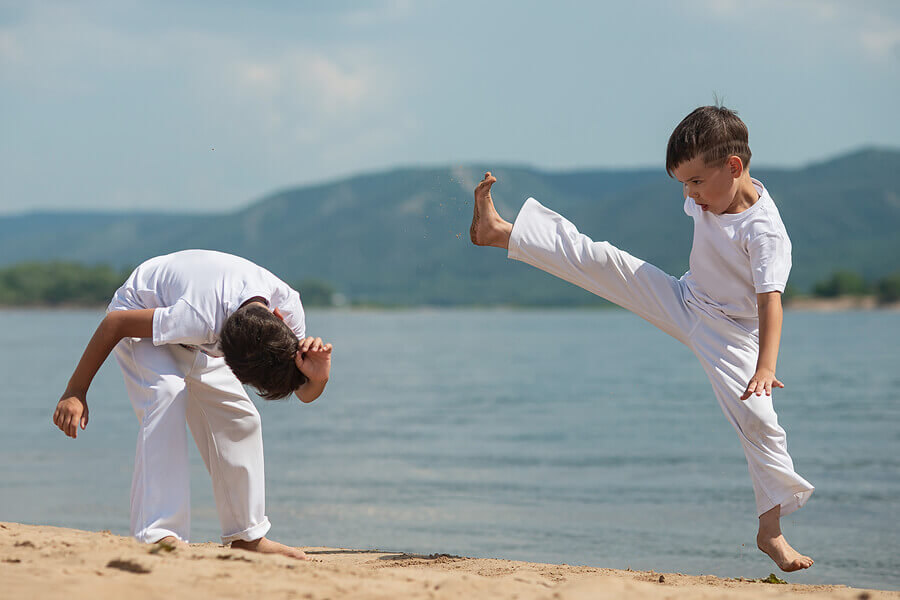
5. Floor transitions
The ability to move in all directions from any position differentiates a good fighter from the rest.
As you read with us today, capoeira is a martial art that offers incredible benefits for both your body and mind. The best part is that anyone and everyone can try it for themselves.
So much more than acrobatics, this martial art opens the door to improvisation and creativity. And of course, don’t forget that if you really want to learn, practice it regularly. Ready to give it a try?
All cited sources were thoroughly reviewed by our team to ensure their quality, reliability, currency, and validity. The bibliography of this article was considered reliable and of academic or scientific accuracy.
- Höfling, A. P. (2018). Capoeira. In Routledge Encyclopedia of Modernism. Routledge. https://doi.org/10.4324/9781135000356-rem986-1
- Fontoura, A. R. R., & Guimarães, A. C. de A. (2002). História da capoeira. Revista Da Educação Física/UEM, 13(2), 141–150.
This text is provided for informational purposes only and does not replace consultation with a professional. If in doubt, consult your specialist.







